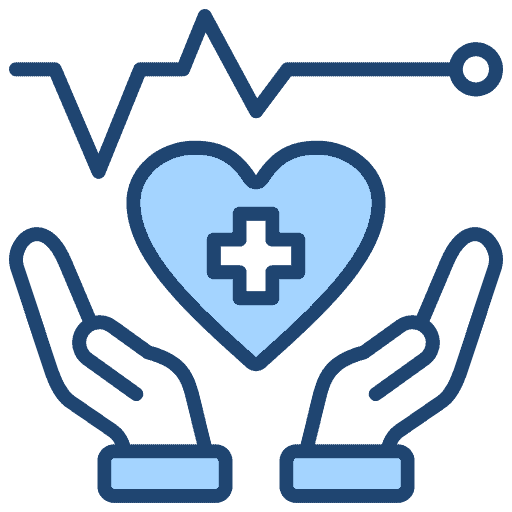
If you are an EMS provider, you will see opioid overdoses. Opioids are drugs that act on the central nervous system at the opioid receptor on the cell membrane of neurons. In addition to their analgesic effects, they can also cause sedation, euphoria, constipation, and if taken in excess, respiratory depression and death.
In the last 15 years there has been an alarming amount of deaths due to opioid overdose. There are two reasons for this: first, there has been a great increase of prescribing of opioids such as Oxycontin, Hydromorphone, and Hydrocodone. This is due to the concern that physicians were not treating pain adequately. In fact, the VA and JHACO made pain the fifth vital sign in 1999. Physicians felt compelled to prescribe opioids for fear of not treating pain adequately. The second reason is that at about the same time, pharmaceutical companies aggressively promoted newer opioid formulations and downplayed the risks. In the last few years, there has been a trend to cut back on opioid prescriptions, but unfortunately the popularity of cheap heroin from Mexico has exploded, so opioid deaths continue at epidemic levels.
Naloxone (Narcan) is a drug that competes with opioids at the neuroreceptors. So it is an opioid antagonist and can quickly reverse the effects of opioids. It has become more readily available for use by the general public in an effort to help save people who would have otherwise died in an opioid overdose situation. Traditionally, it had been used via IV, but now SQ/IM auto injectors are available.
Indication for its use is in the case of suspected opioid overdose with respiratory compromise. Some signs of opioid overdose include: constricted pupils, decreased level of consciousness, decreased muscle tone, decreased respiratory rate or apnea, decreased pulse rate or no pulse, pallor or cyanosis, and sometimes vomiting.
If you administer Naloxone, be prepared to deal with the possible side effects of sudden opioid withdrawal. The drug itself doesn’t really have significant side effects, but an opioid addicted patient will wake up and go into sudden withdrawal. They may become agitated and combative which could put EMS personnel at risk. Likely they will be tachycardic and possibly hypertensive. They may be angry that you took away their high. They may want to sign off. They may have taken other drugs as well such as cocaine. Heart attacks, pulmonary edema, and seizures are also possible due to polysubstance ingestion and the patient’s state of health.
There is also the possibility that they will become comatose again when the Naloxone wears off due to its short half-life; however, recent studies of the use of Naloxone prehospital have provided some reassurance in this regard. There have been no reports of death as a result of the Naloxone wearing off in these studies. However, if a patient wants to sign off after receiving Naloxone, this should be discussed with medical control.
Naloxone is a life-saving drug for opioid overdose but because of the potential problems with sudden opioid withdrawal, it should be used judiciously and not for every patient that happens to have constricted pupils and slurred speech. If vitals are within normal limits and there is no immediate threat of loss of airway or respiratory compromise, it may be better to transport under close observation with frequent reassessment.

